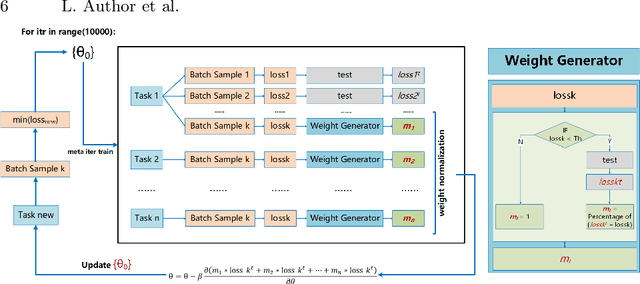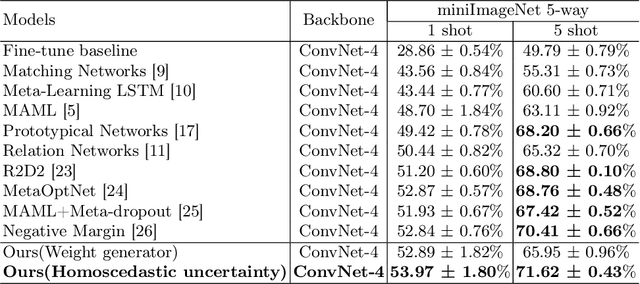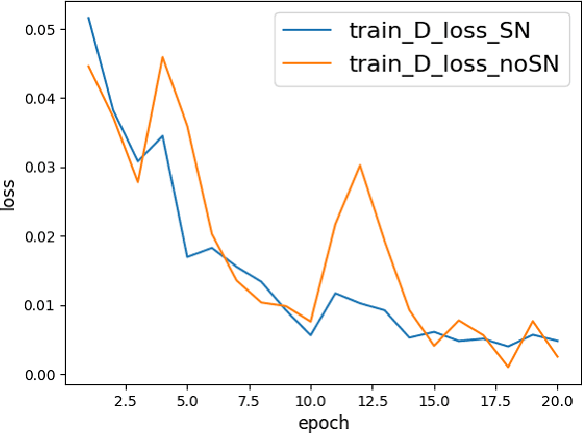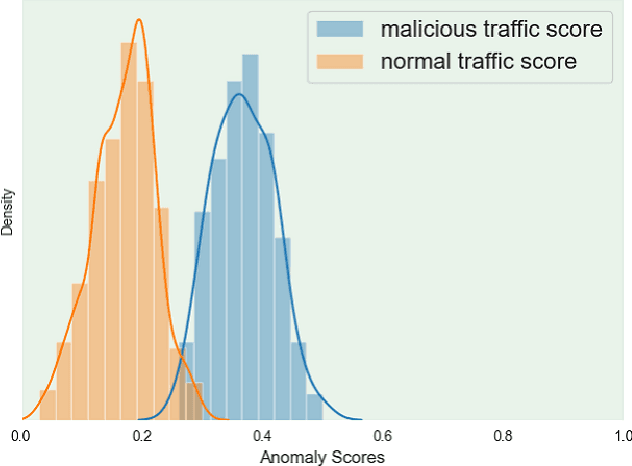Wenfeng Shen
Gradient-Based Meta-Learning Using Uncertainty to Weigh Loss for Few-Shot Learning
Aug 17, 2022



Abstract:Model-Agnostic Meta-Learning (MAML) is one of the most successful meta-learning techniques for few-shot learning. It uses gradient descent to learn commonalities between various tasks, enabling the model to learn the meta-initialization of its own parameters to quickly adapt to new tasks using a small amount of labeled training data. A key challenge to few-shot learning is task uncertainty. Although a strong prior can be obtained from meta-learning with a large number of tasks, a precision model of the new task cannot be guaranteed because the volume of the training dataset is normally too small. In this study, first,in the process of choosing initialization parameters, the new method is proposed for task-specific learner adaptively learn to select initialization parameters that minimize the loss of new tasks. Then, we propose two improved methods for the meta-loss part: Method 1 generates weights by comparing meta-loss differences to improve the accuracy when there are few classes, and Method 2 introduces the homoscedastic uncertainty of each task to weigh multiple losses based on the original gradient descent,as a way to enhance the generalization ability to novel classes while ensuring accuracy improvement. Compared with previous gradient-based meta-learning methods, our model achieves better performance in regression tasks and few-shot classification and improves the robustness of the model to the learning rate and query sets in the meta-test set.
Using EBGAN for Anomaly Intrusion Detection
Jun 21, 2022



Abstract:As an active network security protection scheme, intrusion detection system (IDS) undertakes the important responsibility of detecting network attacks in the form of malicious network traffic. Intrusion detection technology is an important part of IDS. At present, many scholars have carried out extensive research on intrusion detection technology. However, developing an efficient intrusion detection method for massive network traffic data is still difficult. Since Generative Adversarial Networks (GANs) have powerful modeling capabilities for complex high-dimensional data, they provide new ideas for addressing this problem. In this paper, we put forward an EBGAN-based intrusion detection method, IDS-EBGAN, that classifies network records as normal traffic or malicious traffic. The generator in IDS-EBGAN is responsible for converting the original malicious network traffic in the training set into adversarial malicious examples. This is because we want to use adversarial learning to improve the ability of discriminator to detect malicious traffic. At the same time, the discriminator adopts Autoencoder model. During testing, IDS-EBGAN uses reconstruction error of discriminator to classify traffic records.
 Add to Chrome
Add to Chrome Add to Firefox
Add to Firefox Add to Edge
Add to Edge